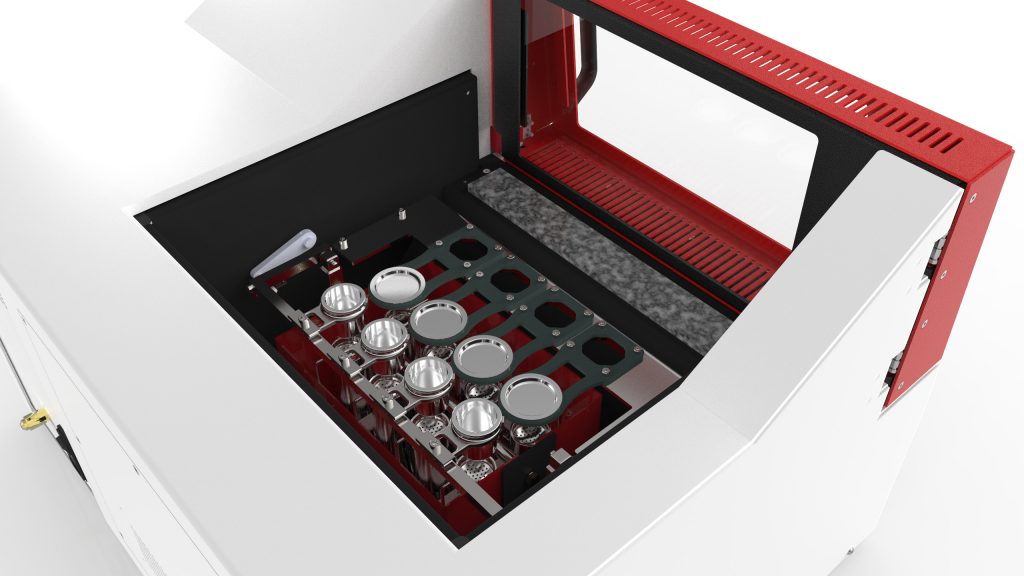How Does a Fusion Fluxer Work?
Fusion fluxers are sample preparation instruments for both X-ray fluorescence (XRF) and inductively coupled plasma (ICP) analysis – both of which enable researchers to accurately assess the elemental composition of solid samples. Quality control of construction materials such as iron and cement can be assessed through XRF analysis, while ICP spectroscopy is available for numerous specialized applications. However, both analytical methodologies require samples to be prepared as either near-homogenous or high-purity heterogenous mixtures to ensure good results accuracy.
Assessing samples without fusion flux preparation can result in significant results inaccuracy, with unfinished solid samples exhibiting surface variations that can interfere with an XRF spectrometer’s calibration. Similarly, unprepared liquid samples could display irrelevant trace elements that can disrupt the accuracy of ICP results. Fusion fluxers reduce these margins of error, providing precise insights into sample XRF reactions and plasma ionization.

This article will explore the working principles of a fusion fluxer, with reference to both XRF and ICP sample preparation methods.
XRF Fusion Fluxer
After a solid sample has been crushed, it is weighed into a platinum crucible and dosed with an exact ratio of a lithium borate (Li2B4O7) fusion flux mixture. It is then transferred to the furnace chamber of the fusion fluxer, which typically comprises a thermally-resistant ceramic cradle to suspend the sample crucibles in the furnace chamber to ensure zero contamination.
Gas or electricity is used to generate temperatures of up to 1250°C (2282°F), which melts the sample and flux into a molten eutectic mixture. The ceramic cradle may be programmed to rock the molten mixture and encourage the fusion process, before mechanically pouring the mixture into a platinum casting dish (mould) where the sample is cooled and hardened into a glass disc.
ICP Fusion Fluxer
ICP sample preparation is similar to this process, except that samples are prepared as heterogenous liquid mixtures rather than as discs. The powdered solid sample is dosed with a lithium borate fusion mixture, then placed within the ceramic cradle. The fusion fluxer heats and agitates the mixture, encouraging the sample to dissolve before being poured into a magnetically stirred beaker with acid solution.
Fusion Fluxers from XRF Scientific
XRF Scientific supplies a range of fusion fluxers capable of preparing samples for XRF and ICP analysis. Our products include:
- Modutemp Shaking Fusion Furnace: a high-volume glass bead processing furnace with a continuous upper use limit of 1250°C and a throughput of up to 30 beads per hour;
- xrFuse 1: a compact electric fusion fluxer with seamless process flexibility for specialized applications, with the standard model capable of preparing glass beads for XRF or ICP solutions;
- xrFuse 2: a robust, automated fusion fluxer with a continuous upper use limit of 1200°C (2192°F) and an optional ICP solutions module;
- xrFuse 6: a high throughput automated electric fusion fluxer, capable of producing up to 30 beads per hour with 12 distinct programmable recipes;
- Phoenix II; an innovative gas-powered fusion fluxer with a continuous upper use limit of 1250°C, and 20 programmable recipes for both XRF and ICP sample preparation.
If you would like any more information about our range of fusion fluxers, please do not hesitate to contact us.









